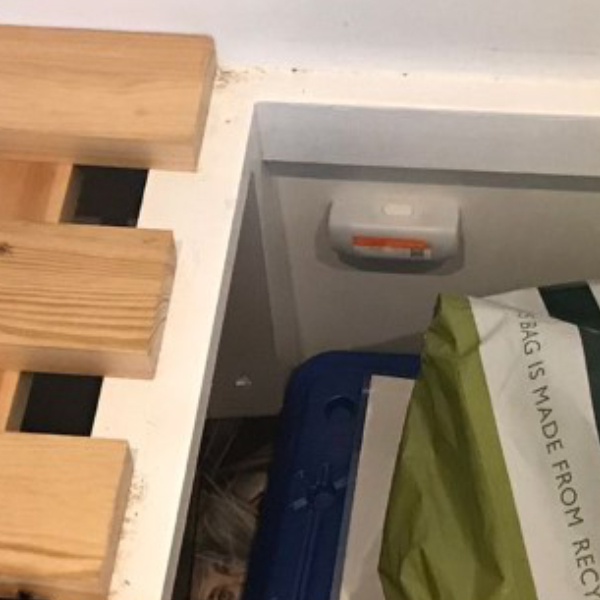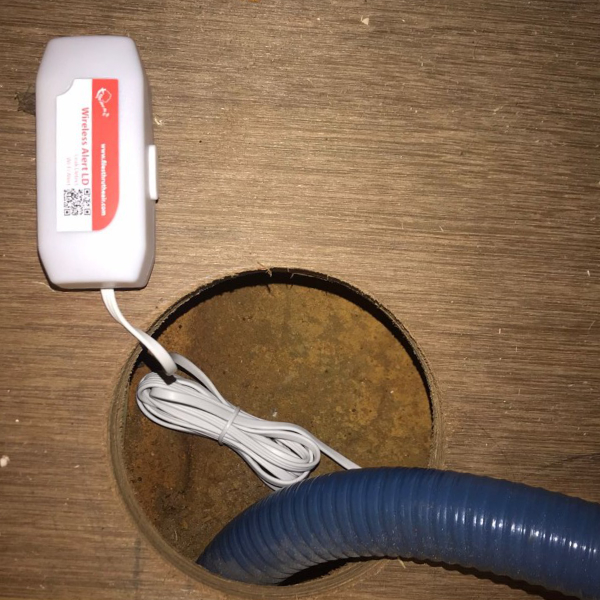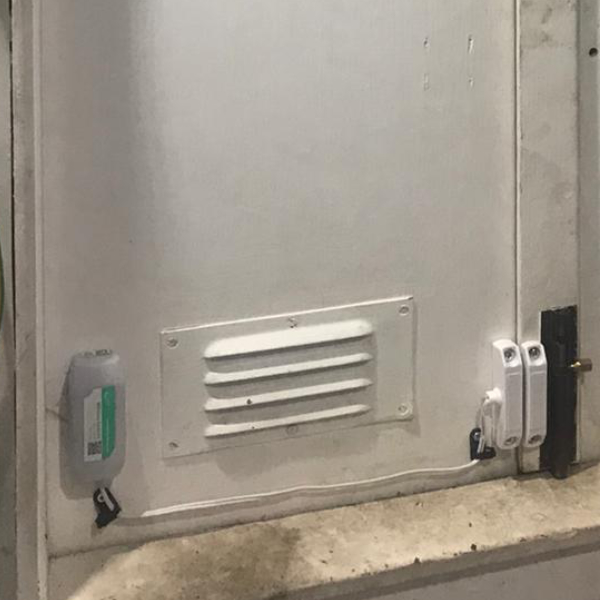Wireless Alert
Monitoring Canal Boats

The Challenge
More and more people in Britain are choosing to seek alternative accommodation types due to increasing living costs and simply wanting a change in lifestyle. Living on a canal boat is now becoming a viable option for many adults in the UK. As well as being great holiday accommodation, a canal boat can actually be a practical choice for those who are looking for a place to call home. However, living on a boat is very different to living in a traditional house. Boat dwellers face a number of different challenges to traditional homeowners when it comes to making the most out of their homes.
Whilst traditional homeowners may have to deal with maintenance issues such as dampness and leaks sporadically, boat owners are much more likely to be faced with these problems due to the nature of the environment they are found in. Boats rest in a damp environment, and moisture inside the boat causes trouble when there is inadequate ventilation. Fibreglass boats are particularly a problem, as moisture in the warm daytime air may condense on the cooler hull inside at night. The problem is generally worse when boats are covered during the offseason, or not used on the water for a long time. Moisture allows mould and mildew to grow, producing unpleasant odours and black mildew spots, and ultimately causing fabrics and other interior boat materials to disintegrate.
High humidity can not only cause damage to your boat and your personal belongings but can also have negative effects on your health and wellbeing. Experts generally agree that the ideal indoor humidity levels for avoiding health effects are between 35 and 60 %RH. When you’re spending time in an area with humidity levels in excess of 60 %RH, it becomes increasingly likely that you will experience certain health issues. Living in an environment with too much humidity can increase your chances of becoming sick, especially from respiratory infections. The bacteria and viruses that cause illness thrive and grow in air that’s above 60 %RH. On top of this, humid air also causes those contaminants to stay airborne for longer before settling onto surfaces. High humidity levels can also lead to higher levels of dust mites and fungi, two of the worst culprits for indoor allergy sufferers. Even those who don’t normally suffer from allergies or asthma can experience hypersensitivity reactions from fungi that grow in extremely humid conditions.
Being surrounded by water also leaves boat owners more susceptible to surprise leaks. There are various reasons a boat may spring a leak, from holes in onboard pipes and tanks to external damage to the boat’s hull or decking. Every boater’s worst nightmare is for their boat to sink. Whilst the majority of leaks found onboard are not severe enough to lead to this, a leak that goes undetected for long enough could end up being extremely costly to repair.
The Solution
One customer, currently living on a canal boat, recently came to FilesThruTheAir in order to find an easy solution to monitor the problems many boat owners are facing. We recommended our Wireless Alerts, a range of affordable Wi-Fi-connected sensors that alert users of a variety of changes in the environment.
The Wireless Alert TH – Temperature & Humidity
 The Wireless Alert TH monitors ambient temperature and humidity and will alert users if their pre-set levels are breached. The customer decided to place the TH underneath the bed, which they use as a storage area.
The Wireless Alert TH monitors ambient temperature and humidity and will alert users if their pre-set levels are breached. The customer decided to place the TH underneath the bed, which they use as a storage area.
“We’ve had problems with mould under the bed before, and above 60 %RH could cause it to come back, whilst above 70 %RH would require some immediate attention.”
The customer set the Wireless Alert TH to alert at 70 %RH, as well as configured a weekly report to monitor the average humidity.
“The humidity sensor regularly gets triggered which I was very surprised by! This allows me to air the boat by opening windows, and heat the boat with radiators too if required. The weekly report is averaging just below 70 %RH, so because of this, we’ve decided to get more dehumidifiers. I hadn’t realised it was this high until we installed the sensor.”
Wireless Alert LD – Leak Detection
 The Wireless Alert LD alerts users via email when it detects a localised fluid leak. After first testing the Leak Detect in the kitchen sink to ensure it worked correctly the sensor was installed towards the back of the customer’s boat, beneath the floorboards. This is where any leak would be likely to accumulate, either from internal plumbing problems, or a breach of the boat’s hull.
The Wireless Alert LD alerts users via email when it detects a localised fluid leak. After first testing the Leak Detect in the kitchen sink to ensure it worked correctly the sensor was installed towards the back of the customer’s boat, beneath the floorboards. This is where any leak would be likely to accumulate, either from internal plumbing problems, or a breach of the boat’s hull.
“So far I haven’t had any alerts from the detector, and hopefully I won’t in the future”
Whilst the customer is yet to receive any alerts, the leak detect continues to send out weekly summary reports, indicating total alerts and battery level.
Wireless Alert DC –Door Contact

On top of damp and leak issues, another concern for boat owners is leaving doors or hatches open for extended periods of time. Canal boats are moored alongside pathways that are open to the public, providing easy access for any passer-by.
The Wireless Alert DC alerts users via email when it detects that a door is left open. The customer set up the Door Contact with a 10-minute alert delay, whereby the door must be left open for longer than 10 minutes before an alert is sent, in order to avoid false alarms.
“The sensor works reliably, and gives me peace of mind when leaving the boat unattended”
*Note: The Wireless Alert DC is not a security device and should not be relied on for the protection of goods or property.
Wireless Alerts
“I would definitely recommend these devices to other boaters, especially the Wireless Alert LD for leak detection and Wireless Alert TH temperature and humidity sensor. Most boats now have Wi-Fi, which is the only requirement for use.”
